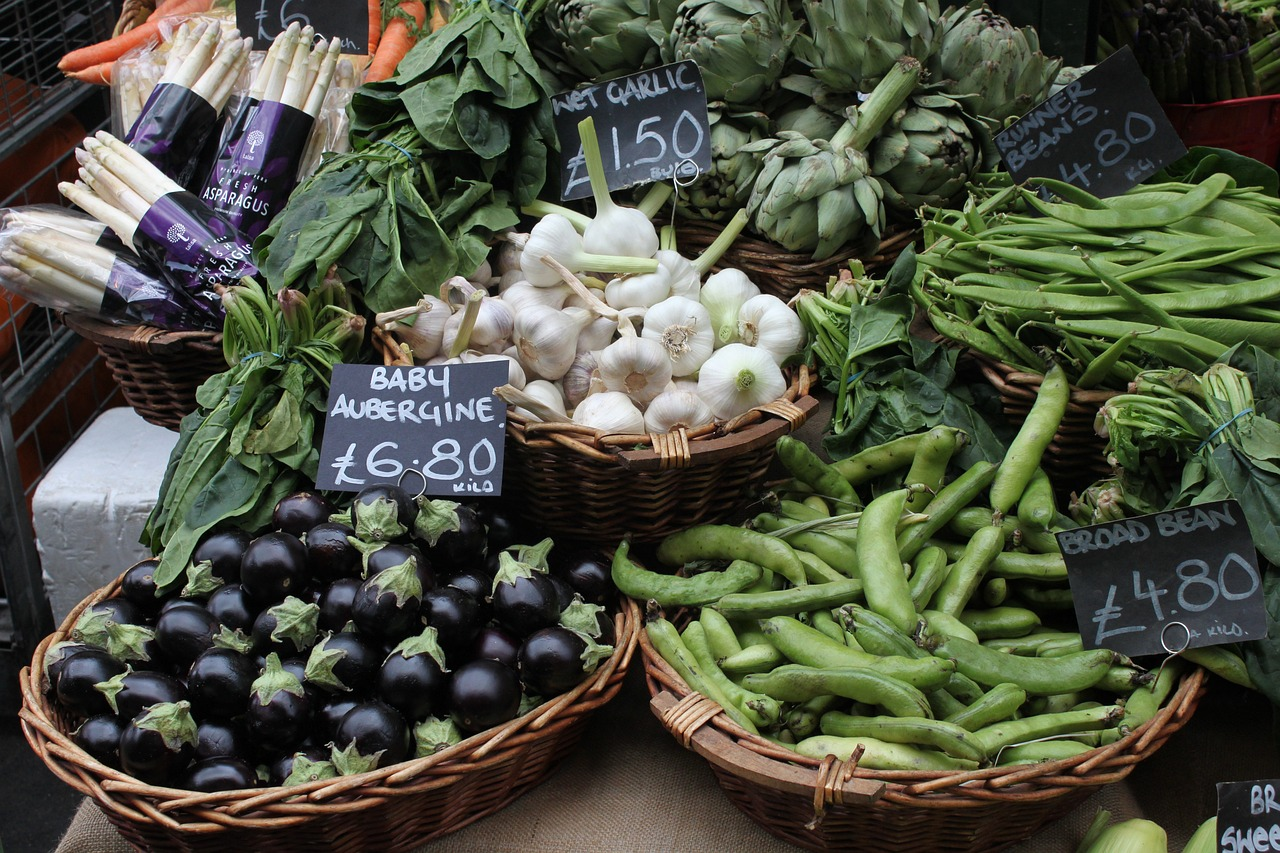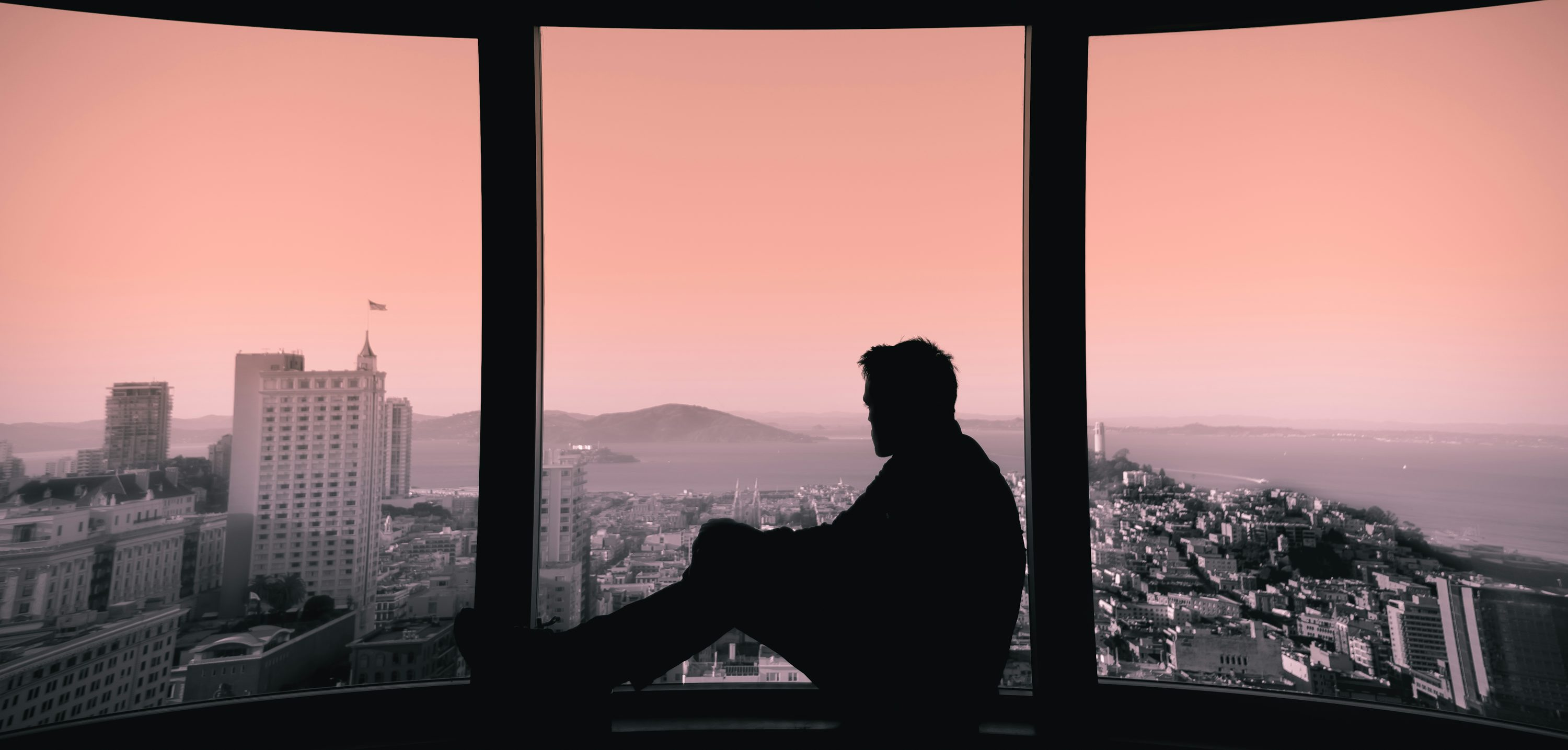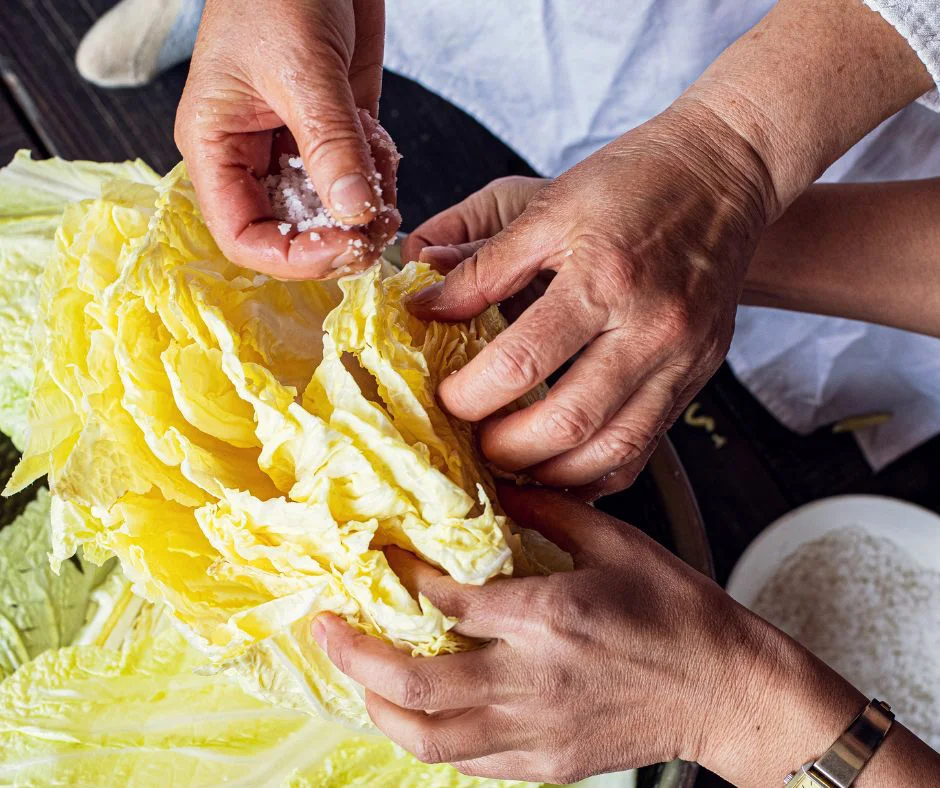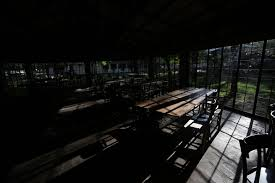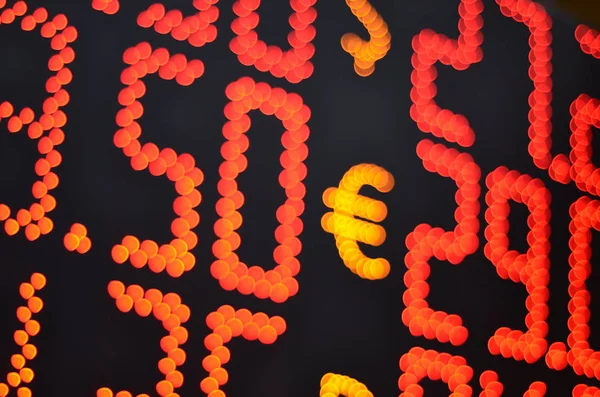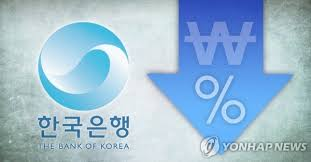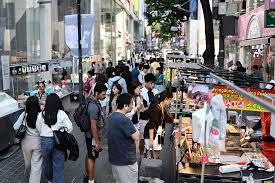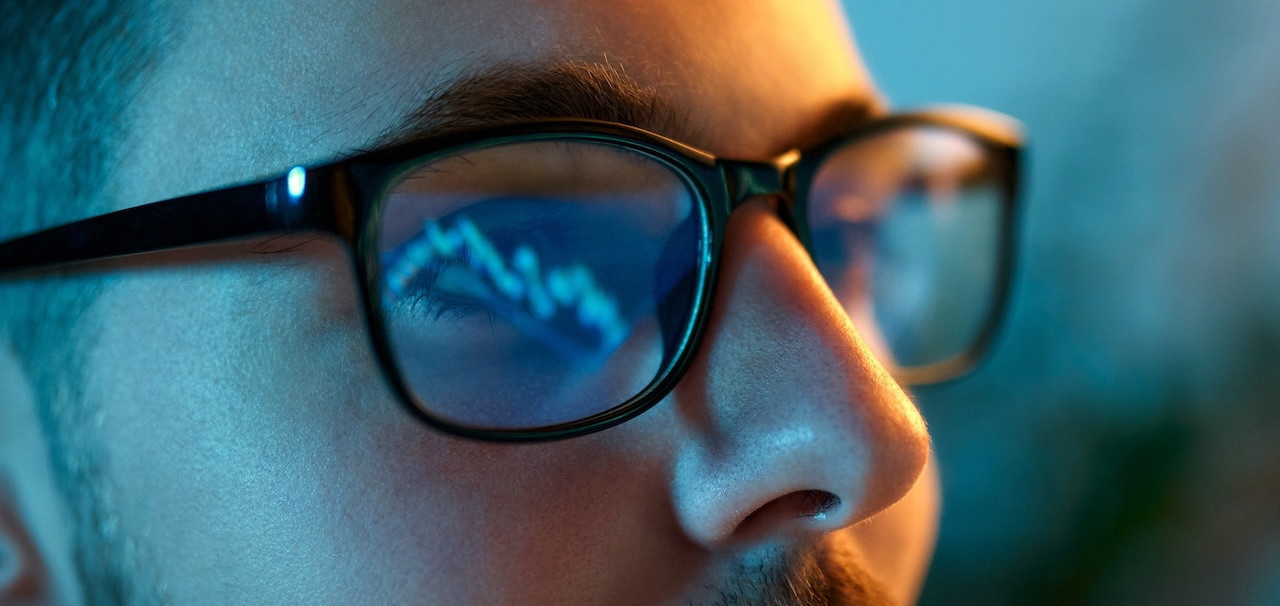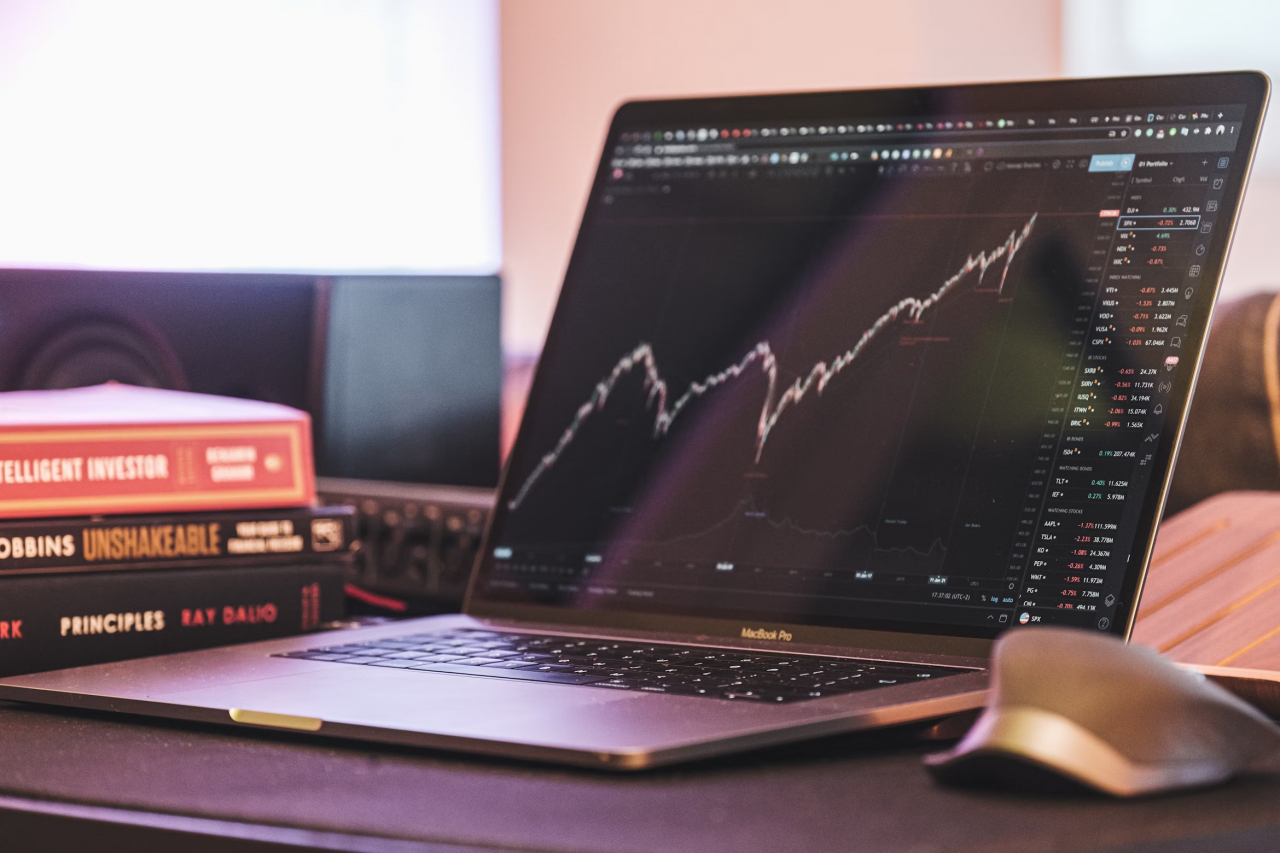| 최초 작성일 : 2025-09-20 | 수정일 : 2025-09-20 | 조회수 : 24 |

The National Museum of Korea has recently drawn unprecedented attention, with headlines noting that it now ranks among the top five museums worldwide. Long lines form at the entrance each morning—an “open-run” phenomenon once reserved for blockbuster exhibitions in Paris, London, or New York. What explains this sudden surge of popularity? The answer lies at the intersection of accessibility, content diversity, and changing cultural consumption patterns. Free admission to permanent exhibitions has lowered barriers, making the museum a shared cultural space for citizens of all ages. The variety of exhibitions—from ancient relics to digital installations—ensures that every visit offers something new. In an era where the experience economy drives consumer behavior, the museum has become a stage for collective memory and personal identity. Comparisons with global institutions like the Louvre, the British Museum, the Metropolitan Museum of Art, and the Hermitage reveal both similarities and differences. While these Western giants boast vast collections spanning centuries of global culture, the National Museum of Korea has carved a niche by offering an immersive narrative of Korean history and identity. It demonstrates that size alone does not define global status—cultural storytelling and public accessibility can be equally powerful. The museum’s success also reflects broader shifts in how people relate to culture. No longer satisfied with shopping malls or theme parks, citizens are increasingly drawn to spaces where education, leisure, and cultural pride intersect. Families, students, and international visitors alike treat the museum as both a weekend outing and a symbolic pilgrimage. The lesson is clear: cultural institutions are no longer passive archives but active engines of urban competitiveness and national branding. The rise of Korea’s National Museum is not only a domestic triumph but also a signal to the world that Korea is emerging as a cultural powerhouse alongside its economic achievements.
“Open-run at National Museum of Korea, aiming for global top 5” (Chosun Ilbo, Sept. 20, 2025) “Asian museums attract record visitors with free access” (Reuters, Aug. 30, 2025) “Museums reshape urban tourism worldwide” (New York Times, July 15, 2025) ----------------------------------- On a weekend morning in Seoul, visitors line up outside the National Museum of Korea before its doors even open. Young families push strollers, students carry sketchbooks, and elderly couples join guided tours. What was once regarded as a quiet institution for specialists has transformed into a bustling cultural arena. Media outlets have noted this transformation, framing the National Museum not as a passive repository but as a dynamic competitor to the Louvre, the British Museum, and other global landmarks. The “open-run” phenomenon in Seoul signals a profound shift: people now view museums as spaces of leisure, pride, and discovery.
Several academic perspectives illuminate this phenomenon: - Cultural Economics: Museums generate both direct economic benefits (tourism, local spending) and indirect ones (national branding, educational capital). - Experience Economy: Visitors are drawn not only to artifacts but to the immersive experiences created through design, storytelling, and interactive exhibits. - Bourdieu’s Cultural Capital: Visiting the museum, especially sharing the experience online, becomes a marker of taste and social distinction. These theories help explain why a museum can rival shopping centers and amusement parks as a primary site of cultural consumption.
The claim that the National Museum of Korea now stands in the “world’s top five” is not just a statistical boast. It represents a cultural moment for Korea. In Paris, London, and New York, museums have long been integrated into the cultural life of citizens. In Seoul, this level of engagement is relatively new—and it reveals a societal shift. Comparisons are instructive. The Louvre attracts millions annually with its vast European and global collections. The British Museum positions itself as a “museum of the world.” The Metropolitan offers encyclopedic coverage of civilizations. By contrast, Korea’s National Museum is deeply rooted in Korean identity. Visitors encounter the story of the peninsula from prehistoric relics to contemporary art. This focus transforms the museum into both a tourist attraction and a civic classroom. The open-run phenomenon indicates that citizens no longer view museums as elite spaces but as accessible cultural commons. Free admission policies play a critical role, as do family-oriented programs and digital enhancements. In a society grappling with rapid change, the museum has become a place of continuity, where history, pride, and leisure converge. Yet challenges remain. To sustain global stature, the museum must continually innovate in curatorial practice, international exchange, and digital accessibility. The lesson from global counterparts is that status must be earned not only through size but through constant reinvention and global dialogue.
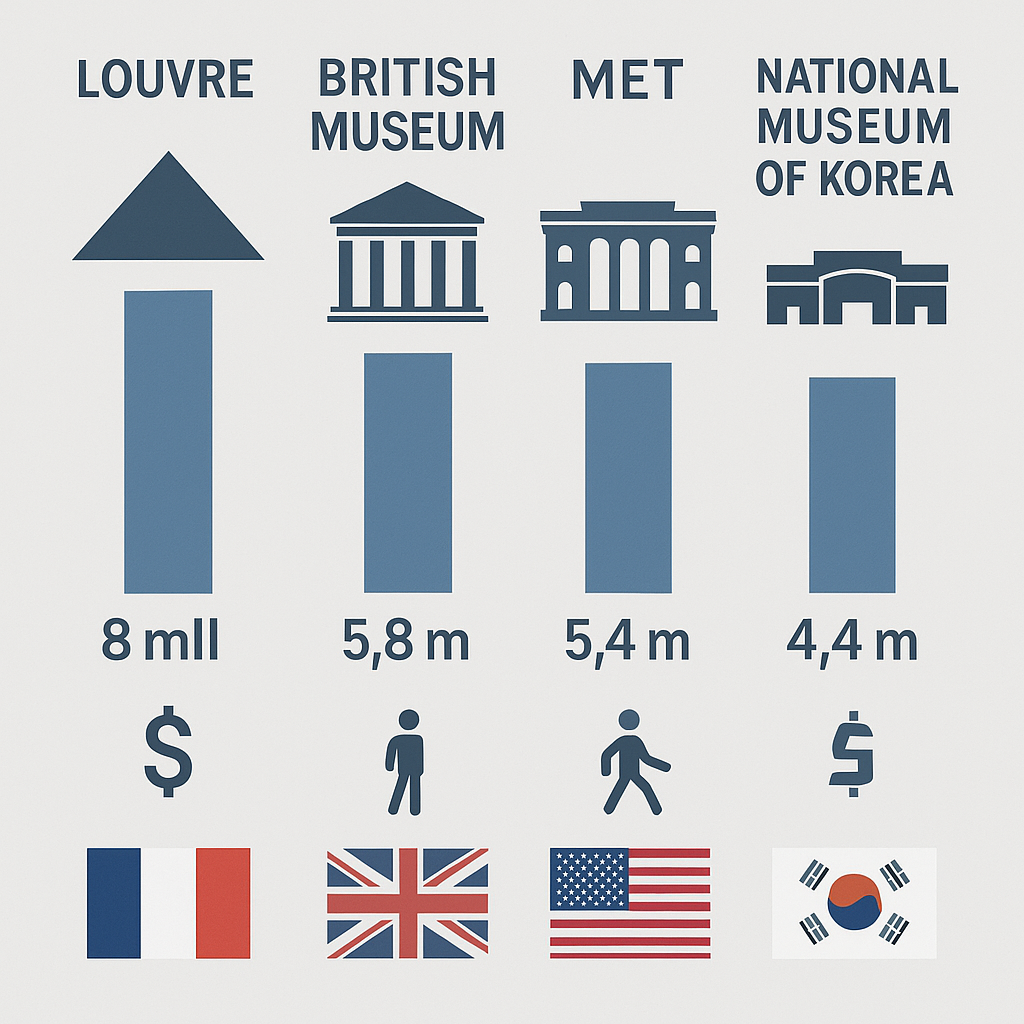
1.Policy Insight: Cultural institutions can enhance national soft power. Korea should expand investment in museums across the country, not only in Seoul. 2. Content Innovation: Rotate exhibitions, embrace digital interactivity, and strengthen storytelling to sustain repeat visits. 3. Regional Equity: Develop local museums as hubs of identity and tourism, reducing overconcentration in the capital. 4. Global Collaboration: Organize joint exhibitions with international museums to reinforce Korea’s cultural presence. 5. Societal Shift: Recognize that citizens increasingly demand cultural experiences as essential parts of everyday life. The rise of the National Museum is not a local curiosity but a strategic asset for Korea’s global profile.
At sunset, the museum’s glass façade glows softly against the Han River skyline. Children laugh as they leave with souvenir booklets, elderly couples linger over evening tours, and young adults post photos online. The museum is no longer just a building—it is a living stage for the nation’s story. When citizens gather in such spaces, they affirm not only their curiosity about the past but also their confidence in the future. The rise of the National Museum shows that culture is not a luxury but a necessity, binding people together across generations. “The world’s fifth largest museum is in Korea.” This statement resonates not as a statistic but as a promise—that Korea’s cultural voice will stand alongside its economic and technological achievements. And for every visitor who walks its halls, the museum is not simply a showcase of relics but a mirror of who they are and who they aspire to be.



